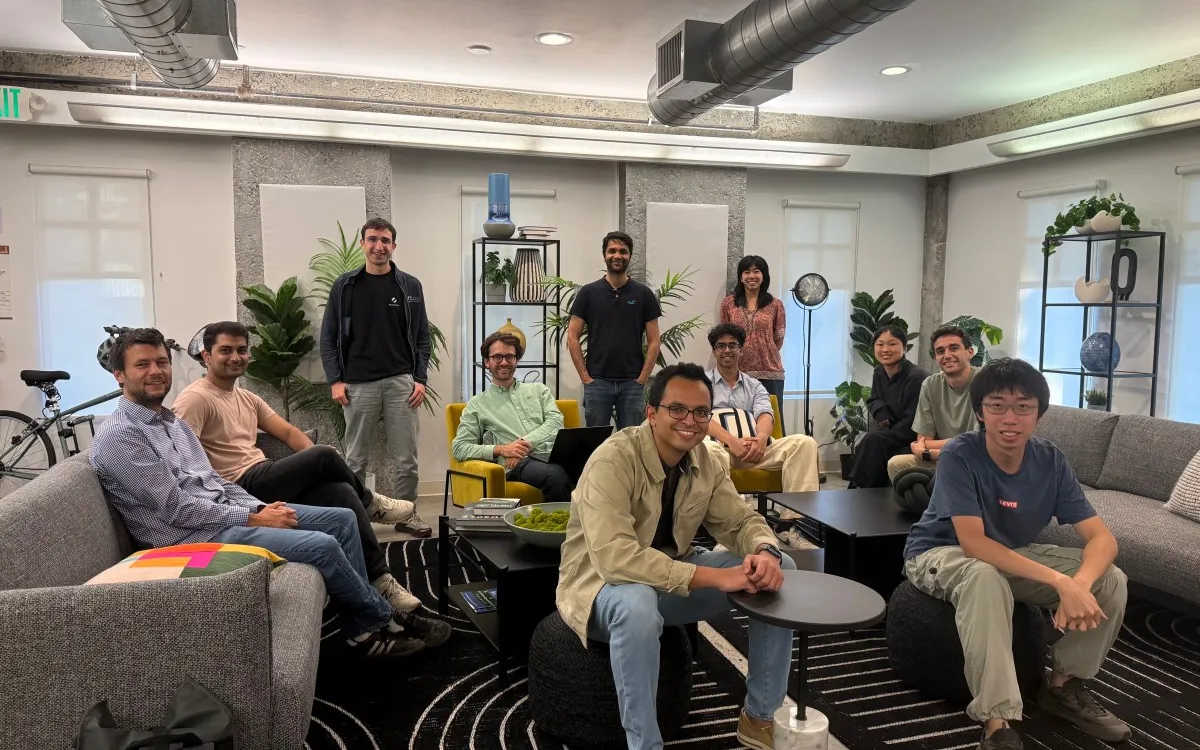
With an unprecedented influx of capital into the realm of AI startups, it's an opportune moment for AI researchers to explore and validate their innovative ideas. The landscape is shifting, making it simpler for independent companies to secure the necessary resources compared to traditional big labs. A prime example of this trend is Inception, an emerging startup dedicated to developing diffusion-based AI models, which has successfully raised $50 million in seed funding.
This significant funding round was spearheaded by Menlo Ventures, with notable participation from esteemed investors such as Mayfield, Innovation Endeavors, Microsoft’s M12 fund, Snowflake Ventures, Databricks Investment, and Nvidia’s venture capital arm, NVentures. Additionally, influential figures in the AI community, like Andrew Ng and Andrej Karpathy, contributed through angel investments, fortifying the financial foundation of Inception.
At the helm of Inception is Stanford professor Stefano Ermon, whose research specializes in diffusion models. Unlike conventional models that generate outputs word-by-word, diffusion models employ a unique iterative refinement process. These innovative models are the driving force behind popular image-based AI systems such as Stable Diffusion, Midjourney, and Sora. Ermon aims to leverage his extensive experience to broaden the application of these models across various tasks through Inception.
Alongside the funding announcement, Inception unveiled its latest creation, the Mercury model, specifically designed for software development. Mercury has already been integrated into several development tools, including ProxyAI, Buildglare, and Kilo Code. Ermon emphasizes that the diffusion approach will significantly enhance two critical performance metrics: latency (response time) and compute cost. He states, “These diffusion-based LLMs are much faster and much more efficient than what everybody else is building today. It’s just a completely different approach where there is a lot of innovation that can still be brought to the table.”
To grasp the technical distinctions, some background is essential. Diffusion models differ significantly from auto-regression models, which currently dominate text-based AI applications. Auto-regression models, such as GPT-5 and Gemini, function sequentially, predicting the next word or fragment based on previously processed data. In contrast, diffusion models—initially trained for image generation—take a holistic approach, incrementally modifying the overall structure of a response until it aligns with the desired outcome.
Traditionally, the consensus has been to utilize auto-regression models for text applications, a strategy that has proven successful for recent AI generations. However, emerging research indicates that diffusion models may outperform their auto-regressive counterparts when handling large volumes of text or navigating data constraints. Ermon notes that these advantages become particularly significant when executing operations over extensive codebases.
Moreover, diffusion models showcase enhanced flexibility in hardware utilization, a crucial benefit as the infrastructure demands of AI technology become increasingly apparent. While auto-regression models execute tasks sequentially, diffusion models can process multiple operations simultaneously, leading to drastically reduced latency in intricate tasks. Ermon highlights their performance, stating, “We’ve been benchmarked at over 1,000 tokens per second, which is way higher than anything that’s possible using the existing autoregressive technologies, because our thing is built to be parallel. It’s built to be really, really fast.”
In conclusion, the rise of funding opportunities for AI startups like Inception underscores a transformative shift in the AI landscape. With advanced technologies such as diffusion models coming to the forefront, the future of AI research and application is poised for significant breakthroughs, promising efficiency and innovation across various sectors.